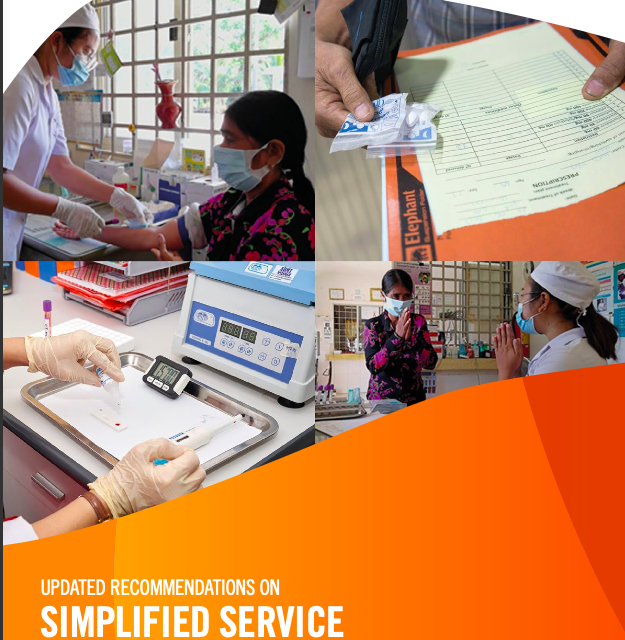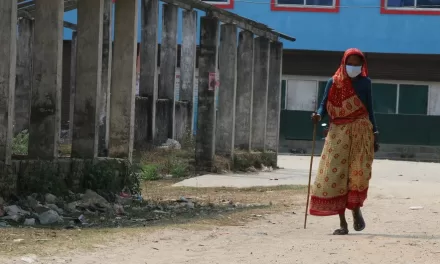WHO’s new global health sector strategy sets new actions and targets to eliminate viral hepatitis by 2030, by driving new infections and deaths down to half a million each, globally – a reduction of 90% and 65%, respectively.
For this to happen we need to urgently simplify hepatitis care, while using innovative diagnostics to make care more accessible to more people in need.
”Hepatitis is one of the most devastating diseases on earth, but it’s also one of the most preventable and treatable, with services that can be delivered easily and cheaply at the primary health care level,” said Dr Meg Doherty, Director WHO Global HIV, Hepatitis and STI Programmes. “These updated Guidelines are a step in the right direction and the adoption of these recommendations has the potential to substantially scale up access to testing and treatment in low and middle income countries.”
The 3 key new recommendations include:
- Simplified service delivery and task sharing: WHO is recommending a shift to delivering testing and treatment in primary care, at harm reduction sites and in prisons, and to care delivered by general practitioners and nurses, rather than specialists.
- More efficient and simplified hepatitis diagnostics: The use of point-of-care (POC) HCV ribonucleic acid (RNA) assays is now recommended as an additional approach alongside laboratory-based RNA assays to diagnose the infection. This is especially applicable to marginalized populations, such as persons who inject drugs, and hard-to-reach communities with limited access to health care and high rates of loss to follow-up.
- Harmonized and simplified hepatitis treatment for children and adolescents: Treatment is now recommended for the first time for all adolescents and children down to age 3 years. These guidelines align existing recommended direct-acting antiviral (DAA regimens for adults (sofosbuvir/daclatasvir (SOF/DCV), sofosbuvir/velpatasvir (SOF/VEL) and glecaprevir/pibrentasvir (G/P)) for use in adolescents and children. This is expected to simplify procurement, promote access to treatment among children in low- and middle-income countries (LMICs) and contribute to global efforts to eliminate the disease. Until recently there had been less attention to addressing HCV in children and adolescents, and there were no DAA regimens approved for use in children. In 2018 there were an estimated 3.26 million children and adolescents, ages 18 years and younger, living with chronic HCV infection. Early diagnosis and treatment in adolescents and children are key to preventing long-term morbidity related to chronic hepatitis C infection.
The 2022 guidelines also include other updates such as inclusion of new manufacturers’ protocols on use of dried blood spots for HCV serology and RNA viral load testing, and new data to inform limit of detection for HCV RNA viral load assays as a test of cure.
Updated recommendations on simplified service delivery and diagnostics for hepatitis C infection
Updated recommendations on treatment of adolescents and children with chronic HCV infection












